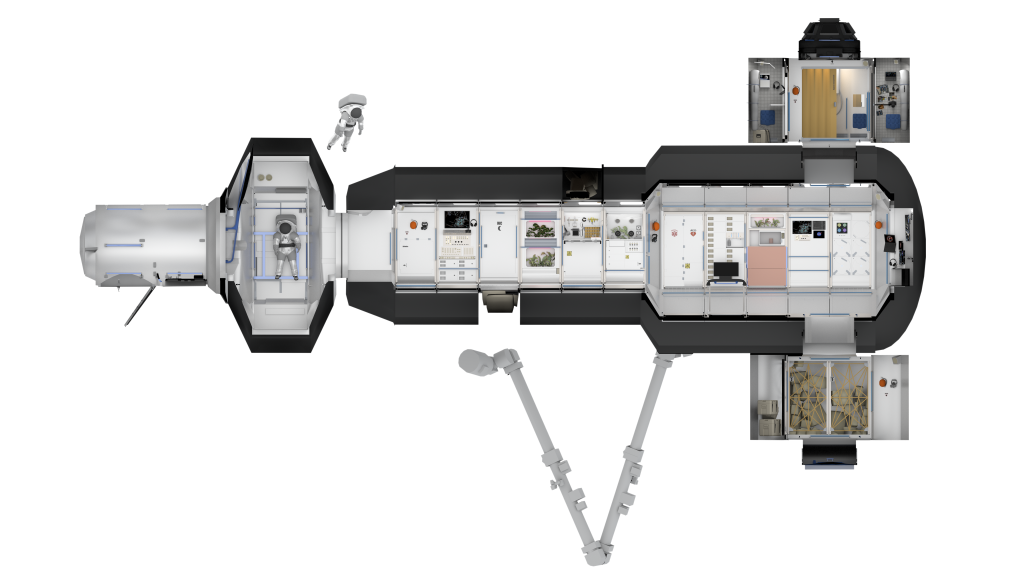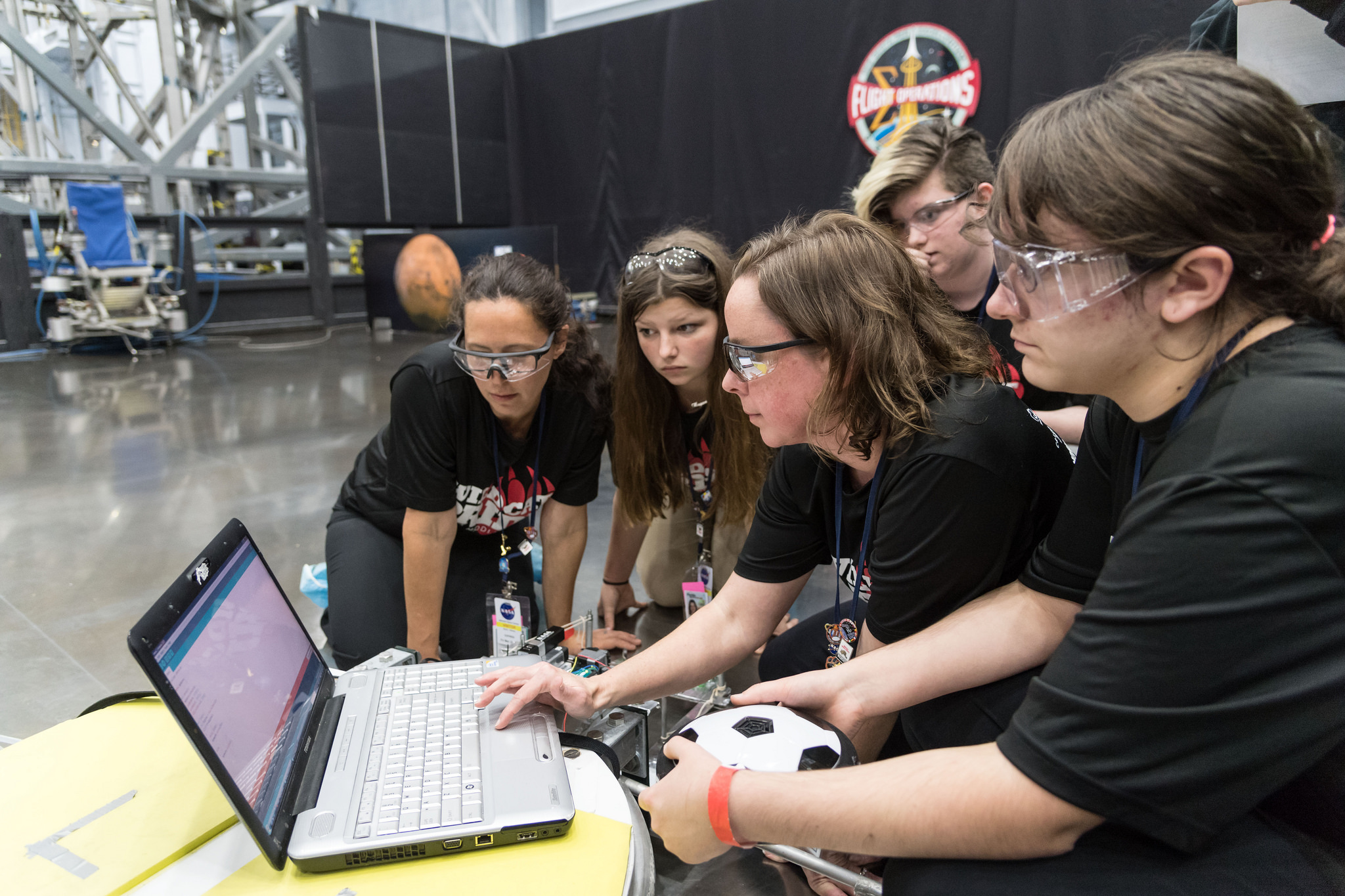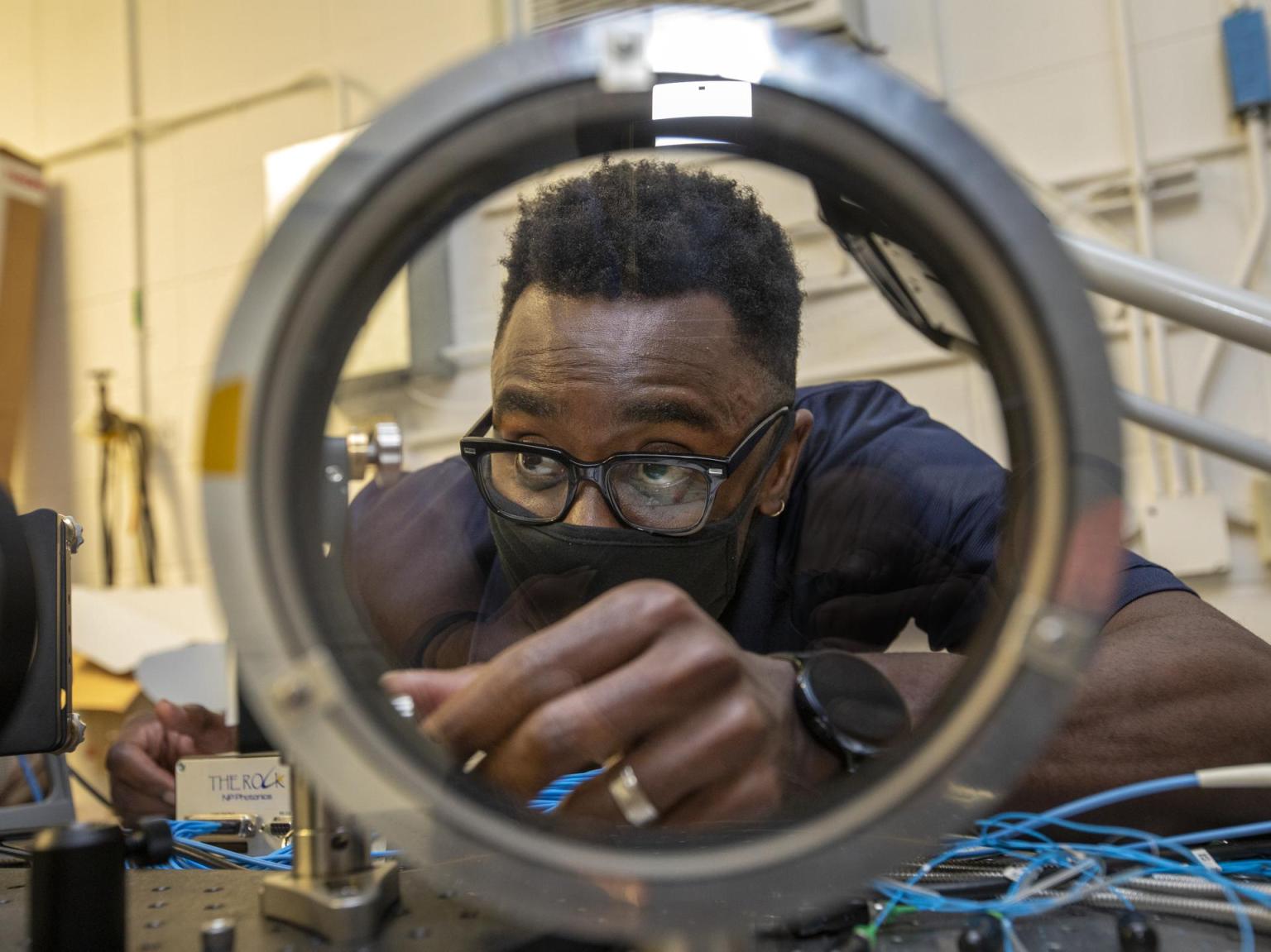The App Development Challenge (ADC) is a coding challenge in which NASA presents technical problems to middle and high school students seeking student contributions to deep space exploration missions. The ADC, in cooperation with NASA’s Space Communications and Navigation (SCaN) program, is one of eight NASA Artemis Student Challenges, whose mission is to build foundational knowledge and introduce students to topics, techniques, and technologies critical to the success of the agency’s Artemis program. By responding to the ADC, students take a part directly in the Artemis Generation endeavors to land American astronauts, including the first woman and first person of color on the Moon. Utilizing what we learn on and around the Moon to take the giant leap: sending the first astronauts to Mars.
In this year’s challenge, teams of middle school or high school teams have 10 weeks to create a video showcasing their application visualizing the flight path of Artemis II, while indicating which of SCaN’s antennas are available to communicate with Earth in real-time. Teams with favorable submissions advance to present their app in an interview with NASA subject matter experts from the SCaN team. On conclusion of the interviews, NASA will select Top Teams for a culminating event experience in April 2025.
The challenge begins on October 2, 2024, and concludes with video submission on December 11, 2024.
Please note: Information about the challenge will remain posted for use in educational settings beyond the challenge end date.
Review the App Development Challenge
Student teams must:
- Use any programming language (Java, C#, C++, Scratch, etc.) to complete development of an application.
- Adhere to the policies of their school districts or organizations regarding participation in the challenge.
- Submit a video of original student-led work about the completed app. No prior year work accepted.
- Complete program requirements as identified by the ADC team.
Middle school teams must:
- Create an application which:
- Displays the path of Artemis II by processing and visualizing all provided position data for the mission.
- Utilizes color to represent the different phases of the mission (e.g. orbiting earth, traveling to the Moon, traveling to Earth) and number of available antennas.
- Utilizes the SCaN antenna data to display a prioritized list of antennas which have line-of-sight access to Artemis II.
High school teams must:
- Create an application which:
- Displays the path of Artemis II by processing and visualizing all provided position and velocity data for the mission.
- Utilize color to represent the different phases of the mission (e.g. orbiting earth, traveling to the Moon, traveling to Earth), number of available antennas, and resultant velocity vector.
- Utilizes the Link budget formula and the SCaN antennas data to display a prioritized list of antennas with line-of-sight access to Artemis II (e.g. least number of communication asset changes, or highest link budget).
Review the Timeline
- September 25, 2024: STEM Gateway Registration Closes
- September 28, 2024: Lead Teacher Training (Lead Teacher chooses one to attend)
- September 30, 2024: Lead Teacher Training (Lead Teacher chooses one to attend)
- October 2, 2024: Live Virtual Kickoff Event
- October 16, 2024: Live Virtual Connection: Creating Visualizations of Trajectory Data
- November 6, 2024: Live Virtual Connection: Displaying Communication Information
- November 20, 2024: Live Virtual Connection: Planning a Mission
- December 11, 2024: ADC Video Submission Deadline
- January 15, 2025: Join the Artemis Generation Webinar
Review the Eligibility Requirements and Form a Team
- Formal or informal U.S. education organizations may participate.
- Signed letter of support from principal or administrator of your organization must be uploaded to the Files section of your STEM Gateway application. See example letter in Appendix E.
- Teams may be a middle school team or a high school team. Student participants must be on one team only.
- All members of a middle school team must be in grades 5–8 during the 2024–2025 school year.
- All members of a high school team must be in grades 9–12 during the 2024–2025 school year.
- Teams must be led by a sponsor or educator (i.e., Lead Teacher) from an informal or formal U.S. education organization.
- Lead Teacher must attend one of two virtual NASA CONNECTS events held 10/24 or 11/21.
- The minimum team size is 5 students and 1 Lead Teacher. There is no maximum team size.
- If selected as a Top Teams invited to the culminating event at NASA’s Johnson Space Center in Houston must meet the following:
- The Lead Teacher, 5 members of the team, and a chaperone will travel. The chaperone must be a part of the organization and opposite gender of the Lead Teacher if both genders are represented within the student team.
- All participants that travel must be U.S. citizens.
- Student members must be aged 13 or above during travel.
- Organization chaperones are fully responsible for their students during the culminating event.
- Traveling participants will use provided housing and transportation. Participants are responsible for meal expenses and incidentals. Light snacks and drinks will be provided.
- Participants will attend all scheduled events or planned activities during the culminating event.
- Teams will conduct a technical presentation for NASA personnel.
- Comingling of personal travel arrangements or travel arrangements for nonparticipants is not permitted.
- All team members must participate fully according to the challenge guidelines.
Review the Handbook and Go!
View the 2025 handbook here.
Email NASA’s ADC team at JSC-ADC@mail.nasa.gov with any questions.






























